We have all been there. You go to the store, pick a beautiful houseplant that you think is going to be perfect for your home and then it turns brown and dies within days.
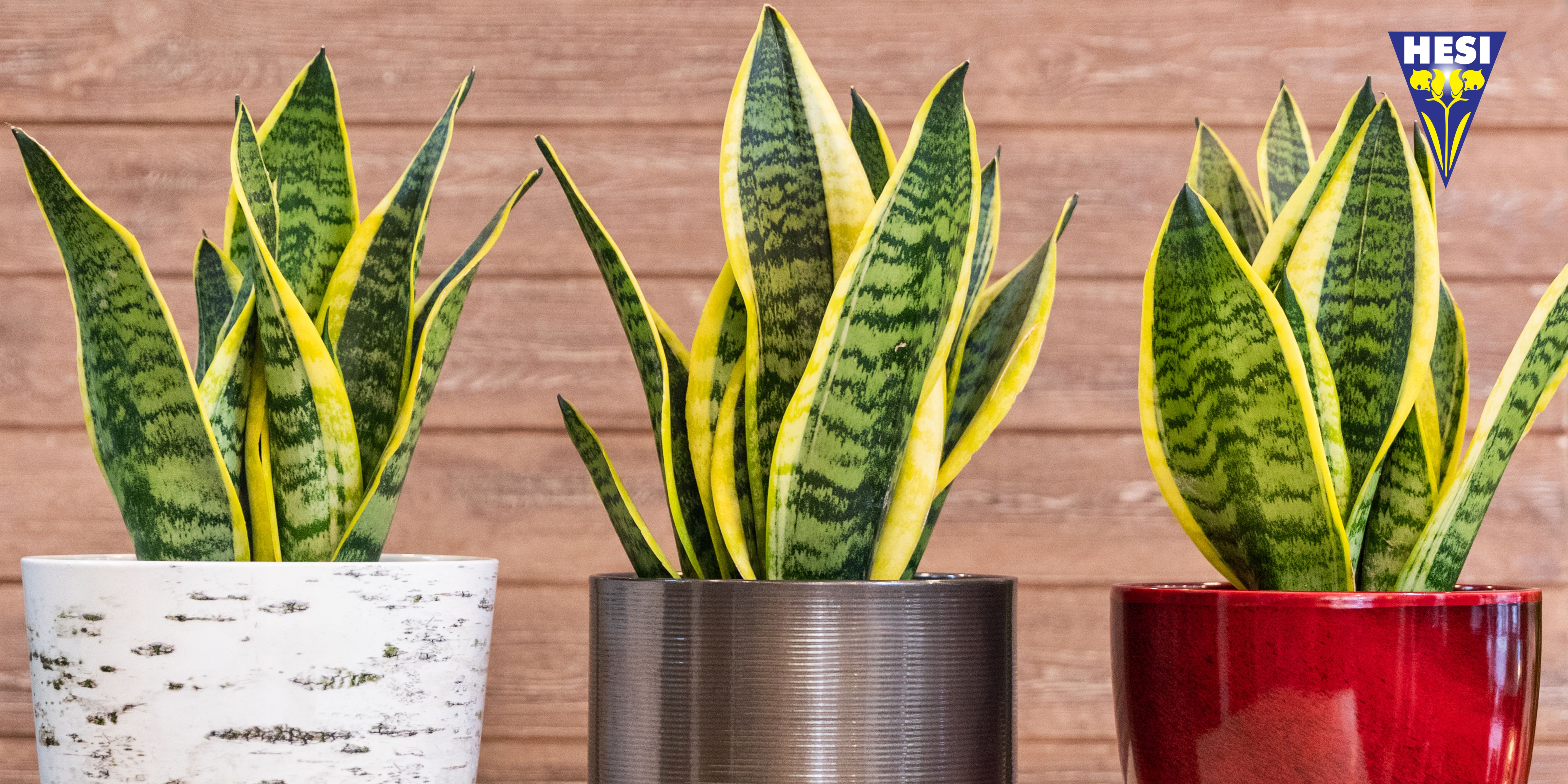
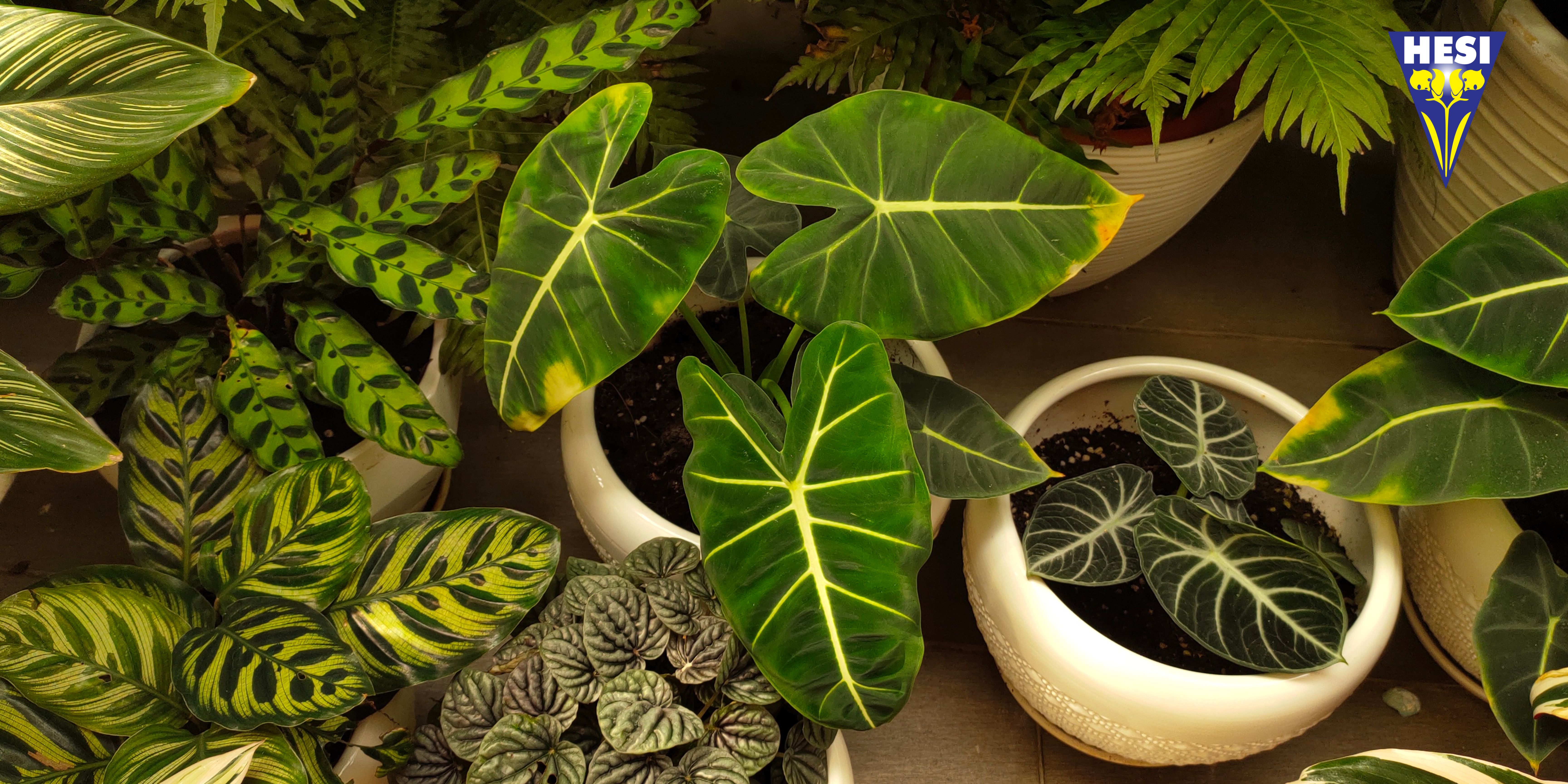
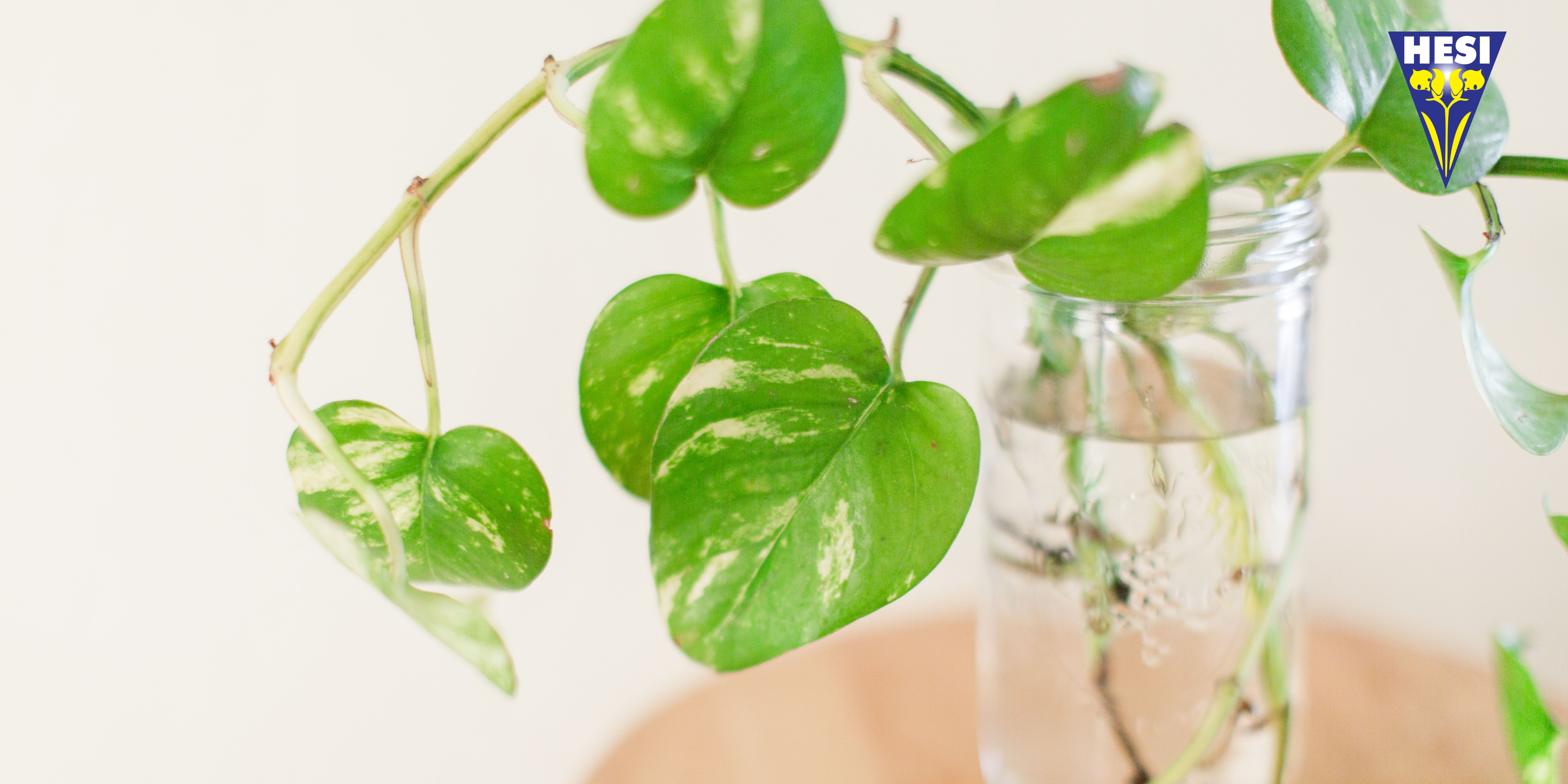
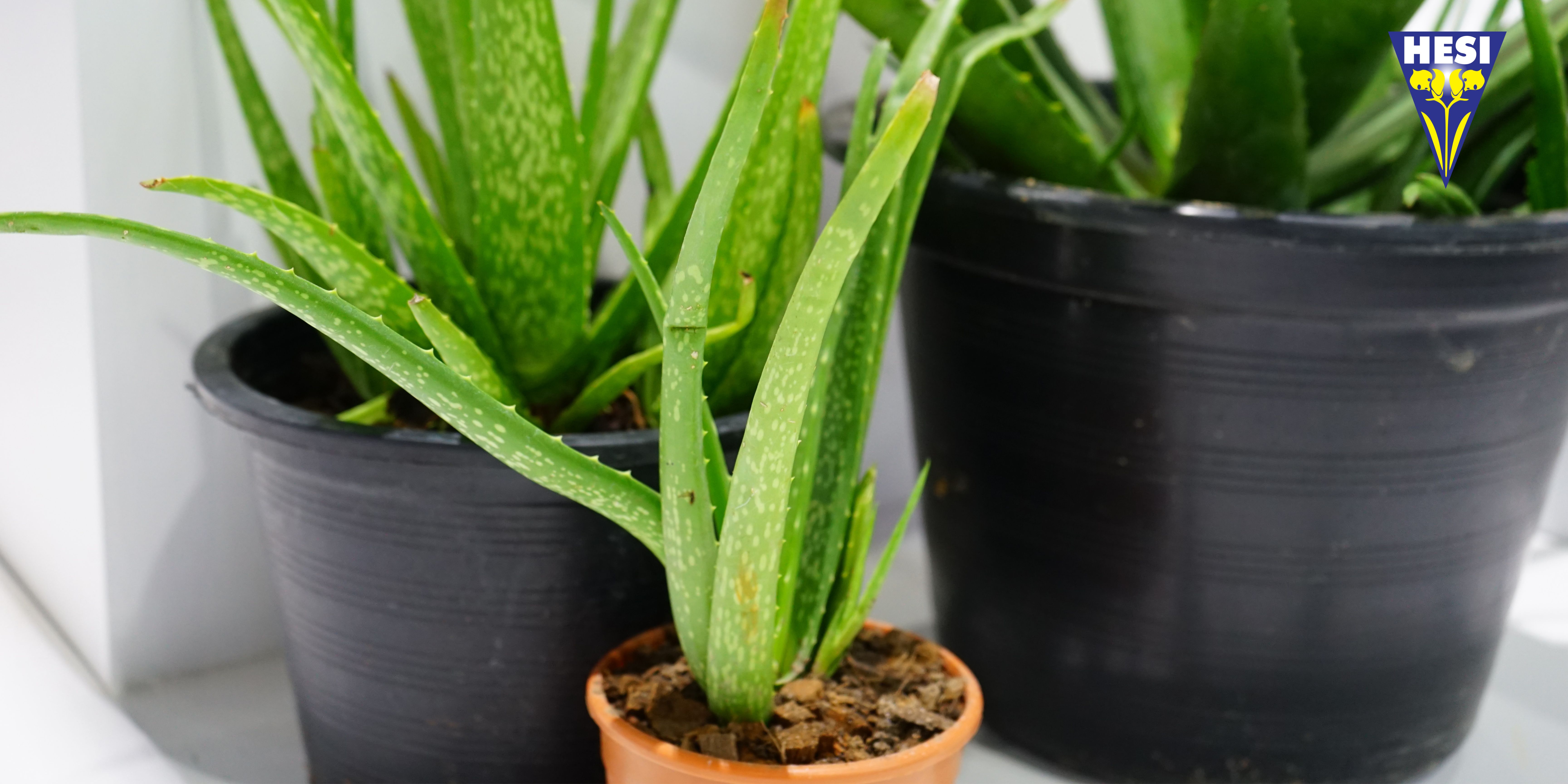
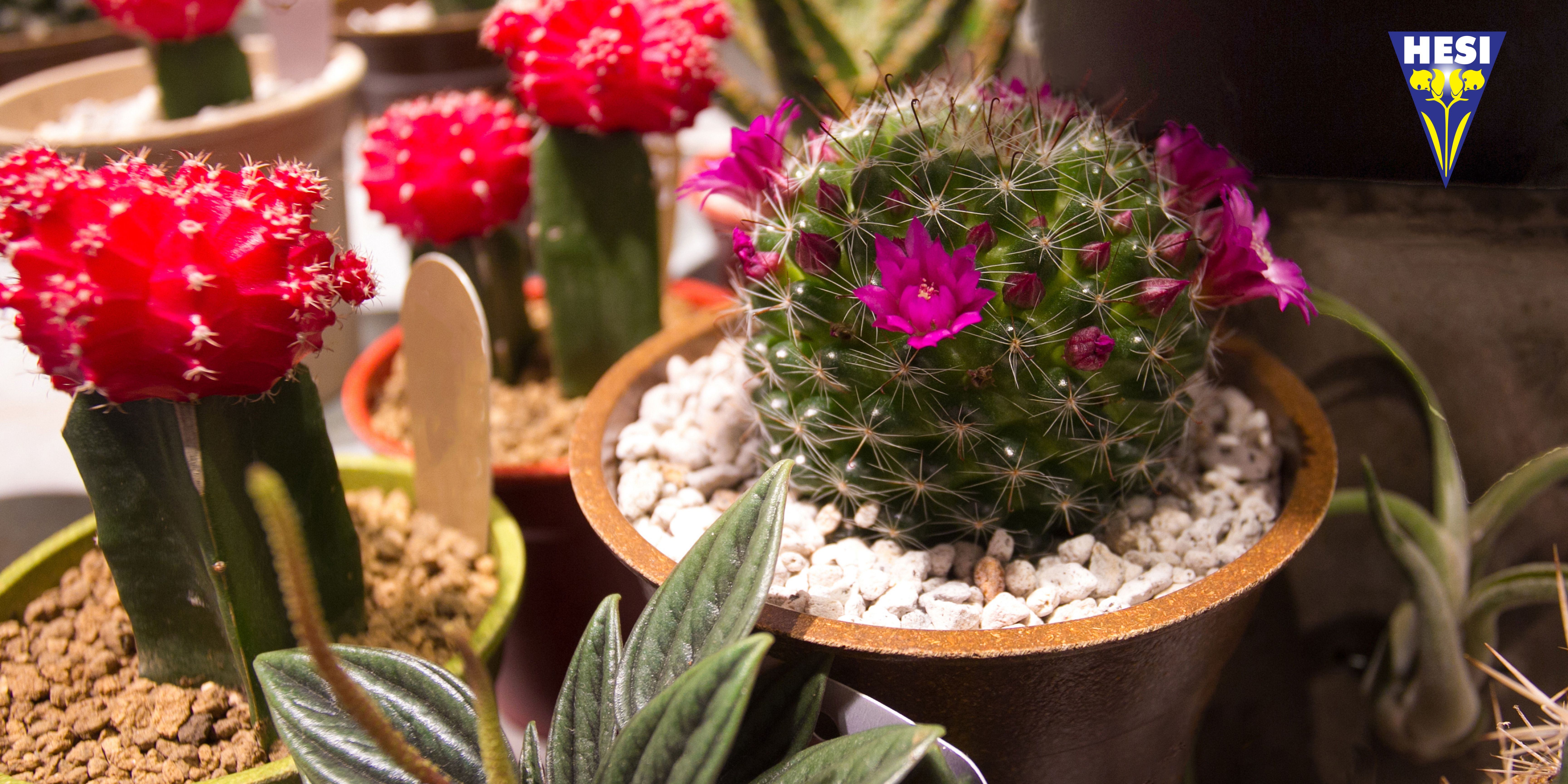
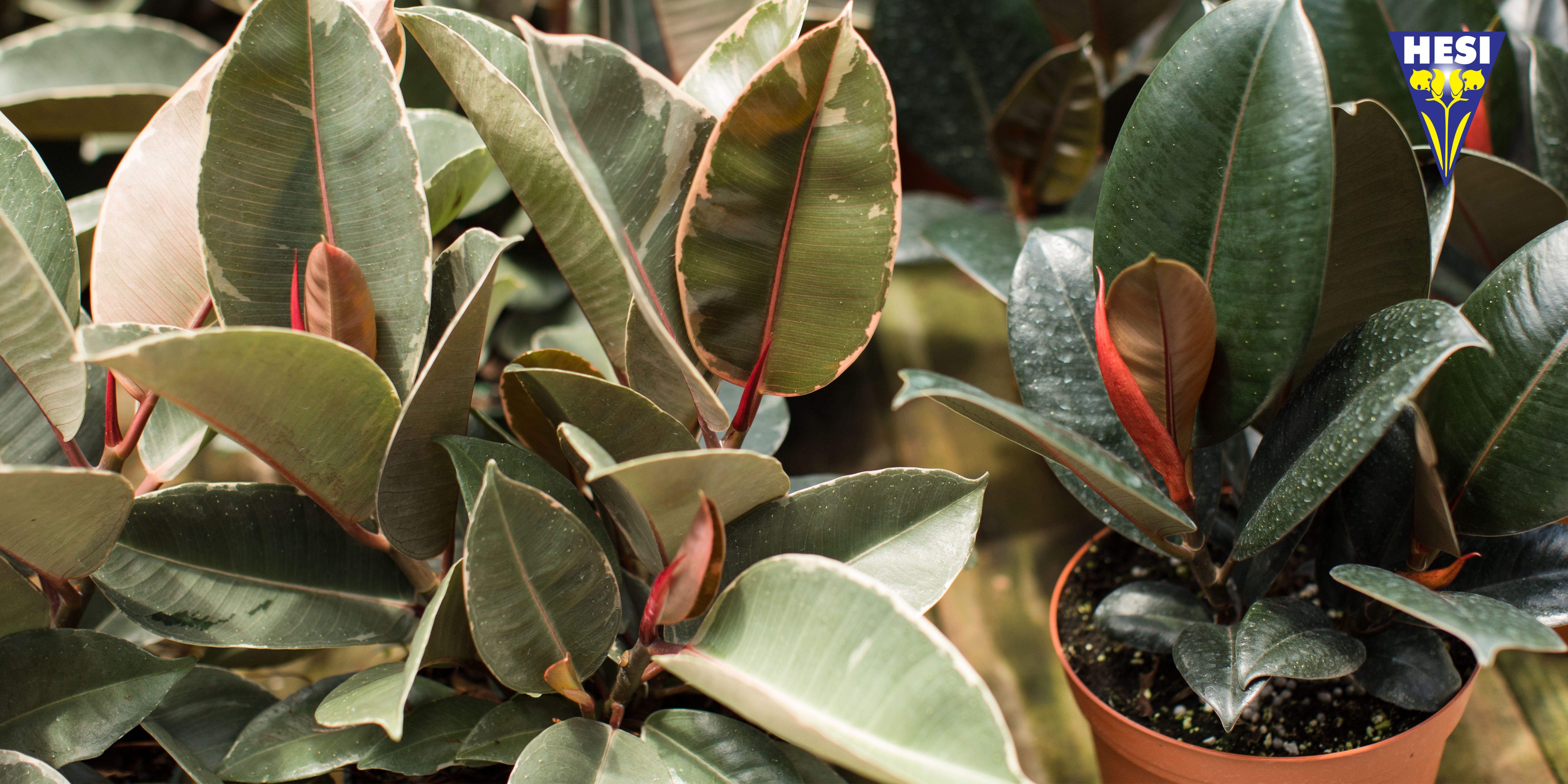

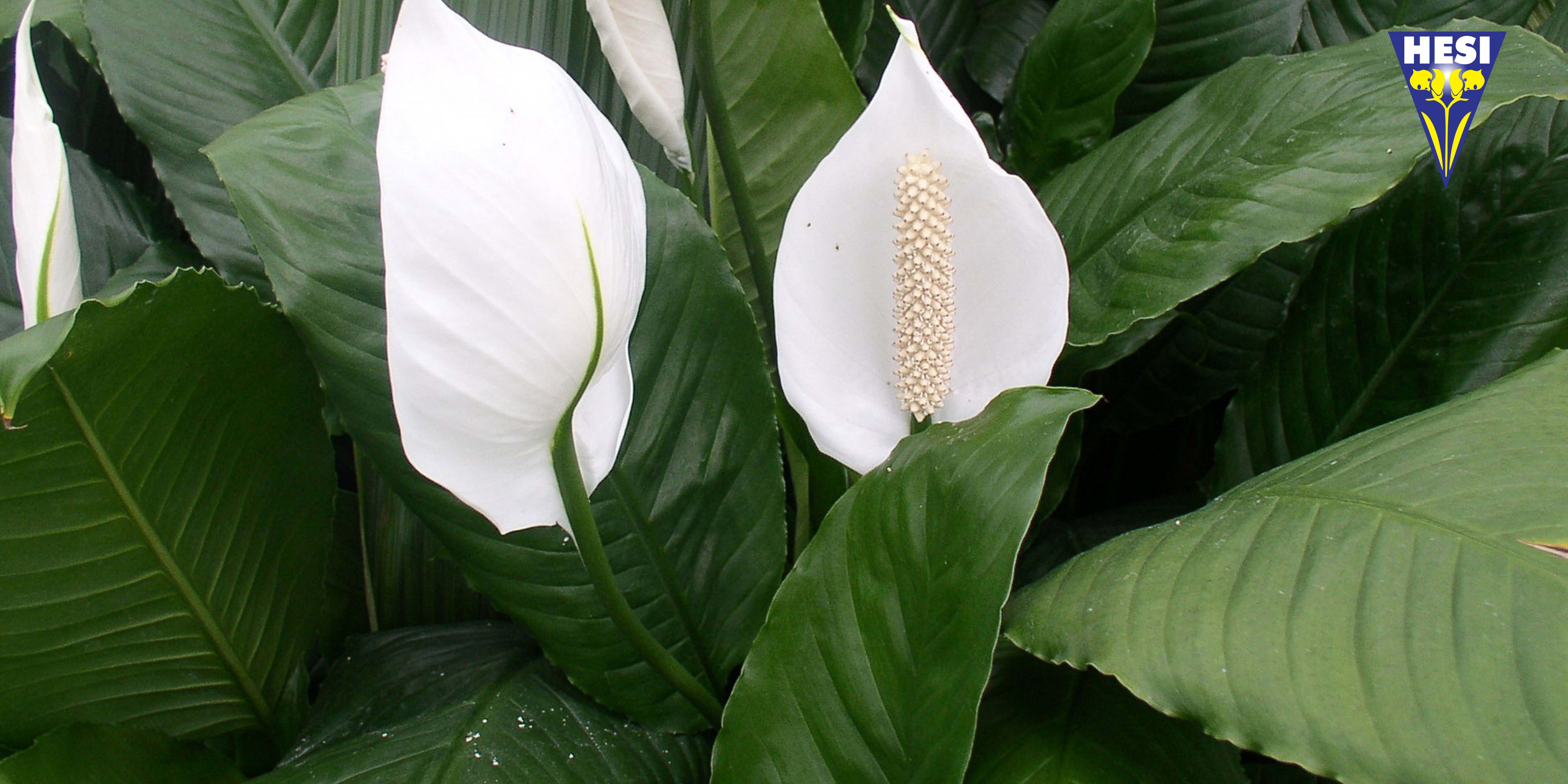
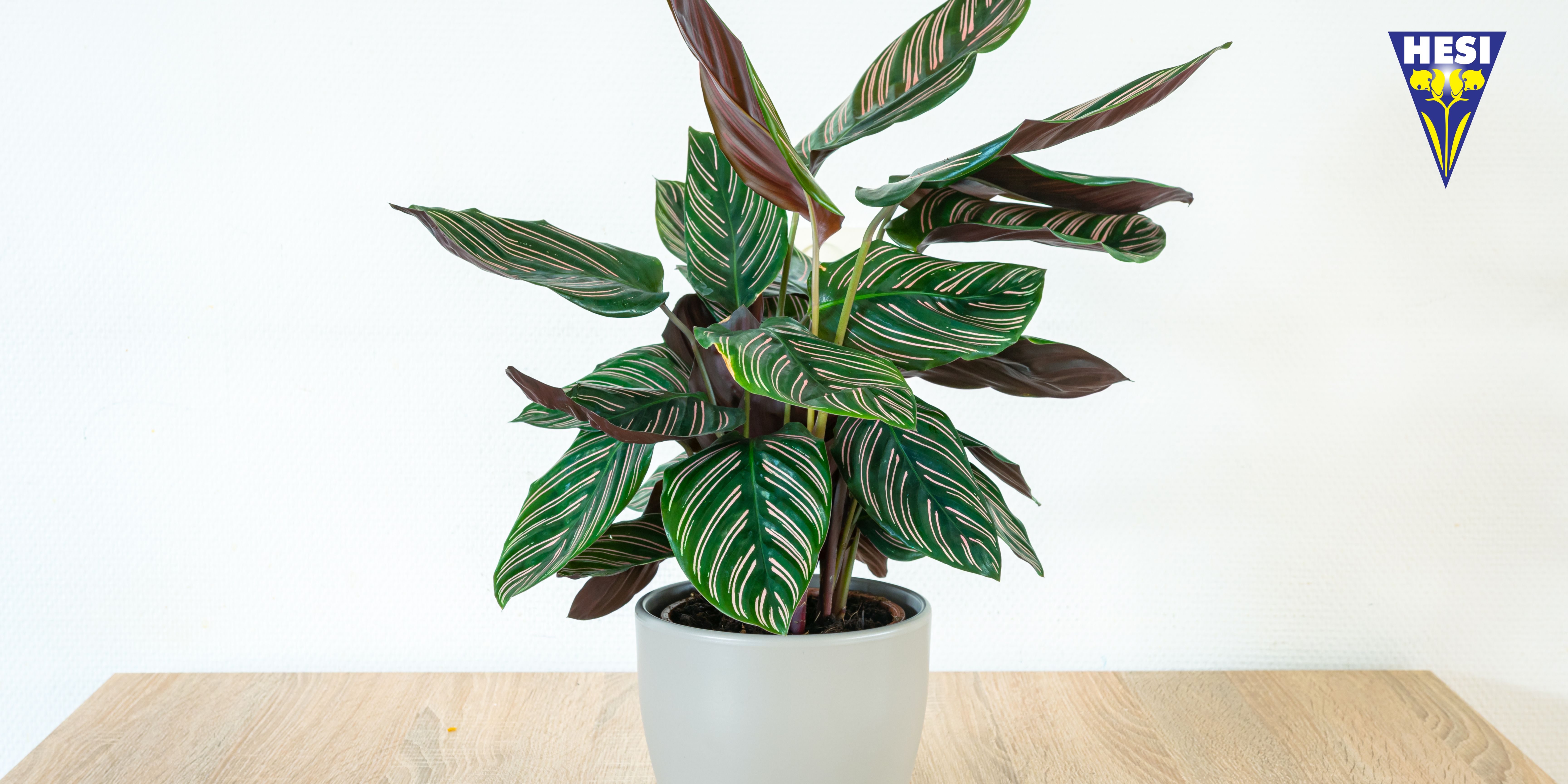
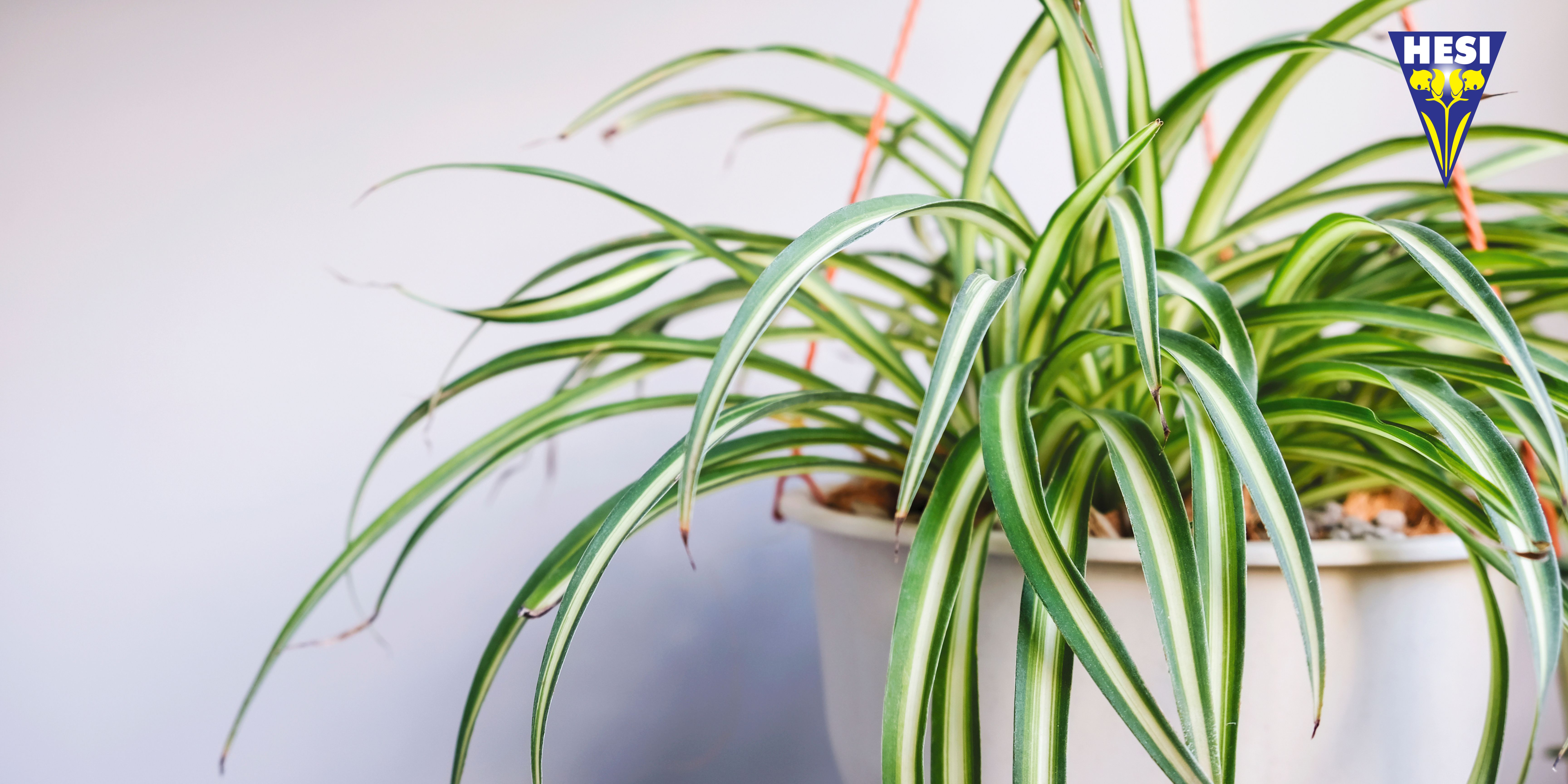
Getting started with houseplants can be intimidating, especially if you're new to gardening or don't have much experience caring for plants. Have no fear! We've collected some of our favourite low-maintenance plants that will thrive in most homes without needing much in the way of special care or attention. Let’s dive right in.
Snake plant
In the world of houseplants, the snake plant is one of the easiest to care for. It can tolerate very low light and infrequent watering, making it ideal for your first step into the houseplant world. The snake plant will grow well in front of a sunny window or a spot with indirect light. If you are looking to buy a few new plants, consider starting with one or two snake plants (also known as mother-in-law's tongue). They will be easy to maintain and are sure to add some green life and colour to any room.

Philodendron
Philodendron is a common houseplant that is easy to take care of and will make you feel like a plant expert in no time. It is also known as Philodendron bipinnatifidum, so if you want to impress your friends with your plant knowledge, you can impress them with your scientific name knowledge as well.
Philodendron is part of the Araceae family, which includes many different types of plants such as anthuriums (another popular indoor plant), caladiums and calla lilies. Philodendrons are generally large plants that grow from 5-6 feet tall when grown outdoors, but can be kept under control indoors by pruning the vines back once they reach about 8 inches long or so. They require bright indirect light and medium moisture throughout the year. Too much water can cause root rot, so check frequently if your plant seems too wet or dry at any time during its growth cycle. Make sure that your plant always has a pot with drainage, so the change of rotting decreases. You can also use our PowerZyme which is developed to clean the roots.

Pothos
Pothos is one of the most popular houseplants for beginners because it is low-maintenance and easy to grow. These plants can be grown indoors or outdoors and will thrive in indirect light or full sun. They are best suited for hanging baskets, but they also thrive in pots. Pothos plants love moist soil, so they are a great option if you live in a humid climate with moisture issues. You can even grow them outside during summer months!
Pothos is known as the easiest plant to care for because it does not require much attention at all—just water when needed and let the rest take care of itself! If you are seeking a green living room, with climbing plants on your ceilings, then this is the plant for you. If treated well and fertilised often, these plants grow quicker than you realise. Before you know it, you need to start making propagations which you can give to friends or family (or keep them for yourself of course).

Aloe vera
Aloe vera is a succulent, so it can be grown in a pot or in the ground. It grows best in bright, indirect sunlight, but can tolerate low light conditions as well. If you choose to plant your aloe vera outside, do not let it dry out completely during the winter months; instead give it some water every few days so that its soil stays moist. In normal conditions, the aloe vera needs little water and likes to stay dry for a little while. This plant is an easy houseplant as long as it’s not watered too often.
Aloe plants have thick stems and leaves that are covered with small spines. They produce yellow flowers on occasion, but these are usually too small to see from afar. If you're close to them (or if they're grown indoors), you should be able to spot them though. This plant also has great health benefits. People use it for homemade skin care, superfood and hair supplements.

Cacti and succulents
Cacti and succulents are considered easy houseplants, making them a great choice for beginners. They have thick leaves and stems that store water, so they do not need as much watering as most other houseplants.
Cacti have sharp spines on their leaves and stems, but they are generally pretty durable plants that can be handled by a beginner gardener with reasonable caution. The most important thing about caring for cacti is not over-watering them; these plants like to be allowed to dry out between waterings, which will help prevent root rot (a fungal disease caused by overwatering).
Succulents are fascinating plants that can often look like miniaturised trees because of their thickened leaves or flowers! There are many species of succulent available at plant stores—some examples include aloe vera (also known as "the cure-all"), echeveria (a type of succulent popularly used in terrariums), jade plant (which can live up to 50 years), crassula ovata (another popular terrarium plant), sedum morganianum ("stonecrop"), jatropha multifida ("jatropha") and tillandsia usneoides ("airplant").

Rubber tree
The rubber tree, also known as Ficus elastica, is easy to grow and can tolerate a wide range of conditions. Rubber trees are easy to propagate by taking stem cuttings or layering (where you wrap the stem with damp moss). Rubber trees are not fussy about soil, but they do need good drainage so they do not get root rot. They will thrive in most homes with indirect sunlight or under lights year-round. Give them some Root Complex for strong roots, TNT Complex for explosive growth and some SuperVit for an extra boost. They come in different colours and sizes, which makes it a beautiful addition to the house-decor.

Monstera
Monstera, also known as the Swiss cheese plant, is a great houseplant for the more experienced beginners (or complete beginners that seek a little challenge). This famous houseplant, that you can find all over social media, can be kept in low light or bright light. The trick is watering it properly.
Watering: You do not have to water your monster every day, but you do need to keep an eye on it and make sure it does not dry out too much between waterings. When they are young, they should get watered every other day until they become mature enough that you can cut back on how often you water them (they start out with very large leaves). They prefer moist soil rather than soggy soil; so aim for about halfway between soggy and dry.
Fertilising: Fertilise your Monstera twice per month during its growing season, from March through October, with indoor plant food like our Houseplant Elixir or our Bio Grow. Decrease fertilising in November, right before winter, because plants stop growing when temperatures drop below 10 degrees Celsius. They resume in early spring when new growth begins again--around February or March depending upon where you live! In the winter months, you can continue spraying or feeding your Monstera with SuperVit and Hesi Boost.

Peace lily
The peace lily is another excellent houseplant for beginners, as it is low maintenance and sturdy. The plant is also easy to propagate. Their beautiful white flowers make them very unique and they also have health benefits. They are well known for their air-purifying aspect, so if you want to clean your air at home, this is the beginner houseplant for you. Peace lilies will grow in low light conditions, but they prefer bright light or filtered sunlight. Be aware however, they are toxic to humans and animals when consumed, so keep them away from your pets and small children!
Water your peace lily weekly, or when you see that the leaves start to hang.

Calathea
Calathea are a group of plants that are easy to grow indoors, and they come in a variety of colours. You will get them in different colours and sizes. The most common type has wine-red leaves on the bottom and green patterns on top. This plant is tolerant of low light conditions and can be grown in a pot or planted directly in the ground. Calathea plants are tropical and prefer humid conditions, so make sure you are providing your plant plenty of water during the summer months. Especially if you live in a place with constant air-conditioning, make sure to spray the leaves for extra humidity. Our HousePlant Elixir and SuperVit are the perfect mix for the Calathea.

Spider plant
Spider plants are some of the easiest houseplants to care for. They are called spider plants as their leaves hang down and look like spider legs. They are robust, do not require much sunlight, and can thrive in a variety of environments. Spider plants also produce beautiful flowers that look like clusters of white stars. They also start propagation by themselves at the end of leaves by creating aerial roots. When they grow small spider plants, they are called spiderettes. In addition to being easy to care for, spider plants have a reputation as good air purifiers, because they remove formaldehyde and benzene from the air. If you are looking for an easy plant that will brighten up your home, while helping to improve indoor air quality, consider adding one or more spider plants!

Low-risk and low-maintenance house-plants
If you are looking for houseplants that are good for beginners, the above mentioned ten houseplants are perfect. They are all low-maintenance and easy to care for, even if you have allergies or do not have much time to care for plants. So, not to worry! Whether you are a seasoned green thumb or just starting out, there are plenty of houseplants that can help you add some greenery to your home. If you have specific questions about fertilisations, contact us or send us a message on Instagram.
- Cultivation Tips : Inspiration , Plant Care , Cultivation Tips
 Deutsch
Deutsch  Français
Français  Español
Español 
